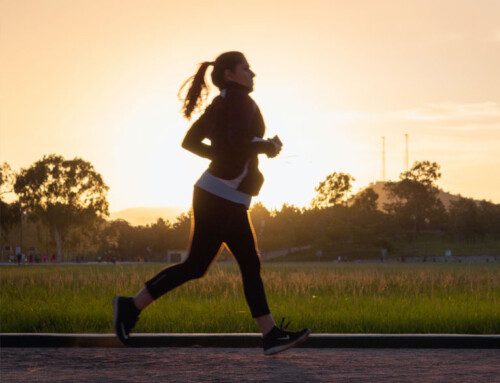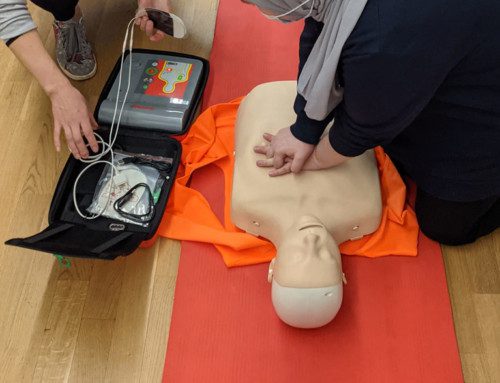Equestrian Series: Part 1
Equestrian sports require discipline, dedication, and long hours of training in order to find success. From 4H to the Olympics, there is no such thing as a shortcut to greatness. Because this sport involves two athletes – the horse and the rider – oftentimes the focus is placed on the equine, while the rider neglects their own well-being. This concept may sound crazy to non-equestrians; however the riders out there are probably nodding their head while reading this.
Frequently, you'll hear a trainer shout "use your core!" or "use those sits bones!" across the arena. Or maybe the phrase, "Sit tall, hands forward and wrap your legs AROUND the horse! Stop pinching with your knee!" But what does this mean? Is the rider not skilled enough to be competitive in this level of competition? Are they not a master of equitation? Can it be fixed?
Aside from spending more hours in the saddle, it is important that equestrians also maintain an exercise program that will facilitate their riding. Simply put, it is important that riders maximize core strength both statically and dynamically, meaning that they are able to move their extremities independently of their torso without compensating through their spine either with motion or strength. Below, we will outline common commands issued by trainers, including the aforementioned instructions, and give examples of exercises that can help.
Shoulders back – Hands Forward
- Problem: Not enough upper back extension
- Solution: Strengthening upper back while using arms independently, stabilization exercises
Sit tall in the saddle
- Problem: Weak abdominal and/or gluteal muscles; inability to use legs independently of hips
- Solution: Strengthen core, create endurance and stabilization throughout lower body
Use your "sits bones"
- Problem: Weak pelvic floor, over-active inner thigh muscles
- Solution: Improve pelvic floor activation, strengthen outer thighs and gluteal muscles
Inside leg at the girth; Outside leg behind the girth
- Problem: Inability to use legs independently of pelvis, weak abdominals
- Solution: Strengthen core while using legs independently, Pilates-based exercises, manual treatment
Wrap your legs around the horse
- Problem: Using knees to grip rather than using hips properly to 'lift' the horse to your seat
- Solution: Re-training muscles in the pelvis and upper thighs to work more efficiently and effectively. Emphasis should be focused on externally rotating the femur in the socket, while 'elongating' the leg to grip with the calf, rather than squeezing inward with the knee.
Heels Down
- Problem: Tight and weak calf muscles, not allowing weight to be in heel
- Solution: Appropriate stretching techniques, strengthen gluteal muscles to properly position thigh
Conveniently, all Set Physical Therapy locations are found within prominent equestrian regions. New York features many prominent hunter-jumper trainers, while DC most notably hosts the Washington International Horse Show in the heart of downtown each October. Atlanta features elite trainers spanning the disciplines from hunter-jumpers to western reining to horsemanship, and is also located near the University of Georgia, which is home to the seven-time National Champion Division I Equestrian team.
For more information related how physical therapy and/or strength training can bring your riding to the next level, contact your local Set PT office.




